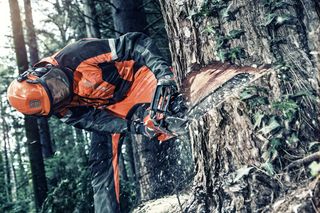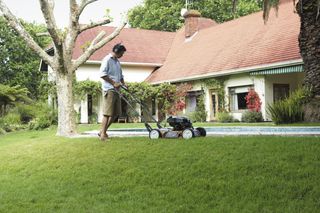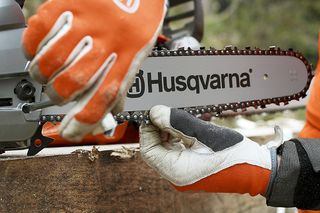
Prune olive tree – Tips for trimming olive trees
Olive trees are relatively hardy and can withstand a few frosty nights and temperatures below zero. They also tolerate quite heavy pruning, which is beneficial if you want to keep your olive tree small and manageable. A good time to prune olive trees is in early spring. Then, you can shape it as you wish, and afterwards, just trim when necessary.
Olive trees are long-lived and resilient. The oldest known olive tree is over 3,000 years old and is located in Crete, but its typical lifespan is around 1,500 years. An olive tree can grow between 5 and 12 meters tall in its natural environment but grows considerably shorter and slower in northern climates. Therefore, it is well-suited to being grown in pots, which can be moved as the seasons change.
Pruning olive trees is a great way to shape the tree while also improving air circulation in the crown and allowing more sunlight to penetrate. This benefits the tree and stimulates the growth of new branches and flowers.
Let your olive tree rest
During the summer, olive trees can be kept outdoors; they enjoy warmth and thrive in sunny to partially shaded spots. However, during the winter in cold regions, they should be placed in a bright and cool location, ideally in a conservatory or an enclosed balcony where temperatures remain between 5 and 12 degrees Celsius. The winter rest period is crucial, as this is when the flower buds are formed. No winter rest – no flowers, and ultimately no olives. Avoid pruning the olive tree in winter, water it very sparingly and leave it undisturbed.
When is it time to prune an olive tree?
Long shoots can be pruned at any time, but significant cutting is best done at the end of the winter rest period when the light returns and the tree "wakes up" again. Then you can shape the tree however you want, unless you prefer it to grow naturally – in which case, just trim the dry branches. It's sufficient to prune an olive tree once a year as it grows so slowly. Also, be sure not to prune too much on a young olive tree. It's better to let it grow a bit before you start shaping it. In the first few years, it's not as important to prune olive trees annually; it only becomes important when the tree is old enough to start bearing fruit, usually around two years old and about one meter tall. If you take care of it properly, you can look forward to many years of olive tree greenery.
What should be removed?
When pruning olive trees, you should remove dead branches and branches affected by disease. But removing water sprouts that take energy from the tree, inward-growing branches, and branches that shade the crown is also important. Use a sharp secateur and cut as close to the trunk as possible and just outside the branch collar. Be sure to clean the secateur before cutting to avoid infecting the cut. Branches thicker than 6-7 cm are better sawn off. For thicker branches, which cannot be removed with secateurs, it is convenient to use, for example, a pruner or pole saw.













